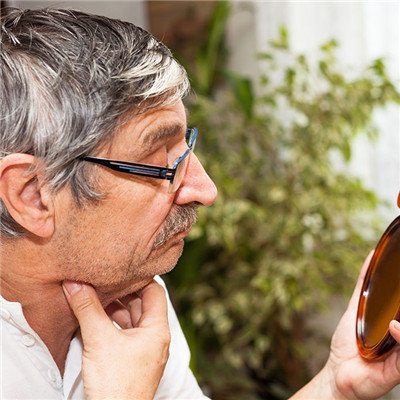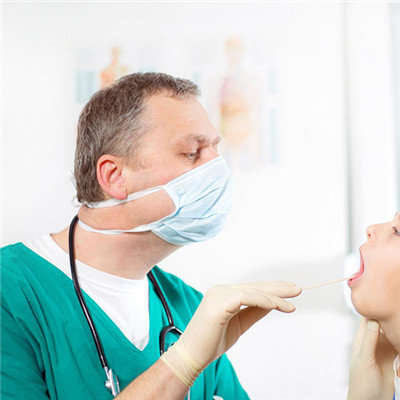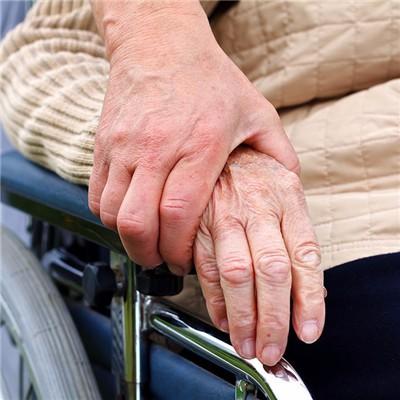What are the examination items of lymphangiomyomatosis?
summary
Lymphangiomyomatosis (LAM) is a rare respiratory disease, mainly in women of childbearing age. The incidence of lymphangiomyomatosis is as high as 30% - 40% in adult female patients with hereditary disease tuberous sclerosis. LAM mainly affects the lung and seriously affects the lung function of patients. Because of the low incidence rate and rare clinical manifestations, there is no effective treatment. What are the examination items of lymphangiomyomatosis.
What are the examination items of lymphangiomyomatosis?
High resolution CT (HRCT) of the chest: it is characterized by extensive thin-walled and evenly distributed cystic shadows in both lungs. At the same time, pulmonary lymphangiomyomatosis was not accompanied by pulmonary nodule shadow, interlobular space thickening or distortion of lung structure. It is a powerful basis for differentiating from other lung diseases.

Pulmonary function test: there was no obvious abnormality in the initial stage, and then there was obstructive or mixed ventilation dysfunction, increased residual volume and decreased diffusion function. Pathological examination: bronchoscopic lung biopsy and surgical lung biopsy (small thoracotomy or thoracoscopic lung biopsy) showed diffuse cystic or honeycomb changes in the two lungs.

Chest X-ray: it can show reticular shadow, reticular nodule shadow, miliary shadow or honeycomb shadow, etc., which is lack of specificity, and it is often normal on chest X-ray when the lung disease is mild. The diagnostic value of chest X-ray is far less than that of CT. Immunohistochemical staining showed that the smooth muscle marker was positive and the characteristic HMB-45 antigen was positive, which was especially valuable for the diagnosis of small specimens. Estrogen receptor (ER) and progesterone receptor (PR) are often positive.

matters needing attention
More into the high protein diet, not picky, not partial food, appropriate into the crude fiber food. Reduce infection as much as possible, avoid exposure to radiation and other harmful substances, especially drugs that inhibit immune function;













